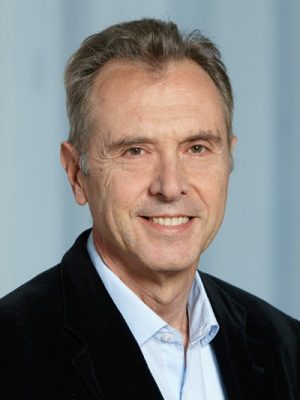
From aerosol synthesis of materials and devices to a new kinetic theory of gases?
Date: December 6, 2024; Time: 2:00 PM Location: PWEB 175
Abstract: Recent advances in understanding of combustion and aerosol formation and growth through multiscale process design, allow now inexpensive synthesis of nanoparticles with sophisticated composition, size and morphology by spray combustion at kg/h even at academic institutions with such units now all over the world (UK, Spain, India etc.). These have led to synthesis of single noble atom heterogeneous catalysts, biomaterials and highly porous sensing films. These advances and community’s keen interest on nanoscale phenomena have motivated a closer look to the fundamentals of aerosol particles in the free molecule regime.
For eons, the kinetic theory of gases has been assuming elastic collisions between spherical gas molecules [1]. However, is this so with what we know about molecular shape and force fields today? Having reached a state of maturity now, molecular dynamics (MD) simulations can elucidate the fundamentals of basic aerosol phenomena that lead to better understanding of natural phenomena and accelerate process design and scale-up [2].
Here the mechanics of gas collisions are elucidated for plain air at room temperature by thoroughly-validated atomistic MD treating O2 and N2 as true diatomic molecules accounting for their shape and force field, for the first time to our knowledge. So it is revealed that their trajectories are no longer just straight (or ballistic) while collision frequencies are much higher due to the attractive component of the force field and the diatomic shape of N2 and O2 as will be shown by the respective videos. Frequently, colliding molecules were split from each other but soon return to collide again and again without interacting with any other molecule in between resulting in orbiting collisions as had been envisioned 60 years ago [3].
A direct result of the enhanced interactions between air molecules when treated as true diatomic ones is that their mean free path (MFP) comes out to be considerably smaller than that from the classic kinetic theory. The new MFP for air is 38.5 nm, almost 43% smaller than that in textbooks of 67.3 nm at ambient conditions [4]. Such a result is significant in aerosol synthesis of tiny (< 5 nm) nanoparticles where asymptotic (self-preserving) particle size distributions and (fractal-like) structures have not been attained yet to simplify the corresponding process design as with carbon blacks and fumed oxides today.
Most importantly, this motivates a renewed examination of aerosol dynamics in the free molecular regime. If time permits, it will be shown that accounting for the gas molecule shape and force field (in addition to that of particles) drastically decreases the diffusivity of tiny aerosol nanoparticles, up to an order of magnitude lower than that given by Epstein’s equation in all aerosol textbooks as their size approaches that of surrounding gas molecules.
- Maxwell JCMA, The London, Edinburgh, Dublin Philos. Mag. J. Sci., 19-32 (1860).
- Mavrantzas VG & Pratsinis SE, Curr. Opinion Chem. Eng., 23 174 – 183 (2019).
- Hirschfelder, JO, Curtiss, CF, Bird, RB, Molecular Theory of Gases & Liquids, Wiley, 1964.
- Tsalikis D, Mavrantzas VG, Pratsinis SE, Aerosol Sci. Technol. 58, 930 – 941 (2024).
Biographical Sketch: Dr. Pratsinis has a 1977 Diploma in Chemical Engineering from Aristotle Univ. of Thessaloniki, Greece and a 1985 PhD from Univ. of California, Los Angeles. He was in the faculty and head of ChE at the Univ. of Cincinnati, USA until 1998 when he was elected Professor of Process Engineering & Materials Science at ETH Zurich, Switzerland. He has graduated 46 PhDs, published 400+ refereed articles, filed 20+ patent families that are licensed to industry and have contributed to creation of four spinoffs. One of them (HeiQ Materials AG) was the first ever from ETH Zurich to enter the London Stock Exchange in December 2020. Another one (Alivion AG) was launched in 2022 and has sold already its devices for detection of adulterated alcohol and methanol poisoning in 26 countries. For more details on him you may glance at https://ptl.ethz.ch/people/person-detail.html?persid=79969